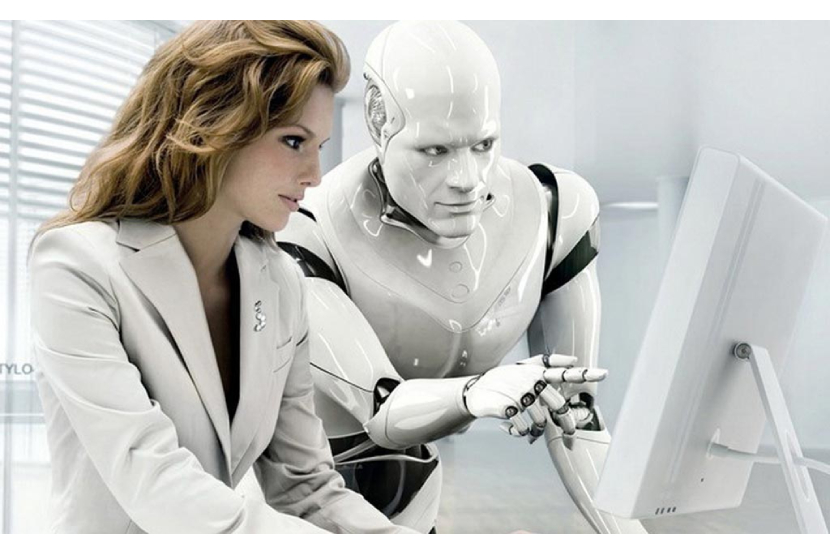It’s no secret that the COVID-19 crisis, natural disasters & extreme weather, and uncertain political times have dramatically affected the supply chain and manufacturing industries. Add the increase in demand of products and services and a worldwide labor shortage – and industries have got themselves some problems. However, it’s not all doom and gloom.
Technology advancements and willingness to implement them quickly during uncertain times has forced industries to make leaps and bounds. The combination of a talented workforce, well thought out implemented machines and AI can lead to big success.
Yet, there is still a long way to go. So, how can we prepare ourselves for new opportunities in 2022? We got you covered.
The Labor Shortage
By 2030, it’s estimated that there will be shortfall of 2.1 million skilled jobs. Preparing for the future of work is a crucial part to solving labor shortage issues. At a recent Meet the Boss roundtable sponsored by TGW Systems, a VP of Operational Excellence in the Manufacturing industry said they had implemented “increased salaries, added flex time, and software so employees can choose when and where they are available to work and have ongoing leadership training.” So, it’s clear that there is shift in the way manufacturers want to work, but is it coming quickly enough?
Russell Waddell, Managing Director, MTConnect Institute said recently at the GDS Manufacturing summit that “it’s going to get easier, because there’s going to be more people that want to do this work, where you’re controlling the outcome, you’re not standing in front of a machine trying to avoid getting chips in your eye, you’re overseeing a system that’s responsible for making profitable parts.”
Making jobs more meaningful and less (literally) back breaking is the way forward. So how can you and the workforce prepare?
At a recent GDS summit, Minh Hua, Chief Talent Officer, Stanley Black & Decker claimed, “we’re looking at niches, so it’s no longer general job boards to us, it’s niche places, so where do these workers hang out digitally and in the human space, we need to go there.”
The Mindset Shift
Leading organizations know the importance of shifting the mindset. But, what exactly needs to happen in order to utilize new technology and the collaboration between human and machine interaction? Jonathan Jones, Fermentation Research Team Leader at Corteva Agriscience told us at a recent GDS Manufacturing summit “as we think about these more digital roles that really require this human mechanical interface, we need to figure out what jobs really, truly need to be at the manufacturing facility or the plant, and which could be offered in a virtual environment.”
Implementing AI and other technologies could allow for a more flexible way of working.
Don’t Get Left Behind
Industry 4.0. It’s where we’re all heading. Ashok Kumar, Senior Industry and Solution Strategy Director at Infor recently spelled it out in simple terms for us. “If I had to define industry 4.0 in simpler terms, it’s the journey of connecting the physical systems with the digital world with a number of technologies, thereby resulting in more seamless interaction between enhancing human to machine behaviors.” Getting to this place of seamless interaction can only be done in smart factories.
The global smart factory market value will surpass US$127.2 billion in 2022, and acceleration in digital technology adoption could bring operational efficiencies to scale.
Get Your Business Ready!
GDS offers a selection of summits including, supply chain and manufacturing events. GDS Summits are tailored 3-day virtual event conferences that bring together business leaders and solution providers to accelerate sales cycles, industry conversations and outcomes.
To learn more about how GDS is helping companies across industries, click here to hear from some of our past attendees.
Apply to Attend














